The subtleties of caring for Chinese hibiscus in a city apartment
Offices and halls of various institutions are often decorated with a tall plant with shiny leaves of an unusual shape, covered with large flowers. Chinese hibiscus is also grown at home. It is surprisingly unpretentious and as if created for forgetful or inexperienced gardeners. It is almost impossible to ruin it. It quickly adapts to any conditions: poor lighting, sudden temperature fluctuations, drought, drafts.
The scientific name of the flower is Hibiscus rosa-sinensis, but indoor plant lovers know it better as the Chinese rose or Chinese rose. This poetic name reflects all its exquisite beauty. But in order for the hibiscus to show it in full, dissolving its bright flowers, you need to properly care for it.
Lighting and temperature
The Chinese rose loves light, so it is better to place the pot with it by the window. At the same time, the direct rays of the sun should not fall on the leaves of the plant - they can cause burns. In warmer months, the flower can be kept on the balcony, terrace or taken out into the garden. On the street, it is better to choose a place that is reliably protected from cold wind and drafts for him. You don't have to worry about shading it.
Good lighting for Chinese hibiscus is important throughout the year. In winter, when the day is significantly reduced, it is recommended to extend it artificially for a flower. Here special lamps will come to the rescue. With a lack of light flowering from hibiscus can not wait.
It is necessary to keep the Chinese rose at a certain temperature. In summer, the room should be warm, but not hot (20-22, maximum 24 ° C). Regular airing will save the flower from overheating. Such care is combined with measures aimed at increasing air humidity.
In winter, the plant prefers coolness. It lays flower buds at a temperature of 14-16 ° C. If the apartment is warmer, the indoor hibiscus will not suffer outwardly, but it will delight the owners only with the beauty of its original leaves, without releasing buds. Critical for the plant is the temperature drop below 12 ° C. A heat-loving flower reacts to such conditions by dropping leaves and may even freeze.
Spraying and watering
Chinese hibiscus comes from the tropics, so it is most comfortable in a humid microclimate. The dryness of the indoor air affects flowering: the buds on the tree do not bloom to the end. Therefore, in winter and summer, the plant is regularly sprayed. This must be done carefully so that drops of water do not fall on the buds. If this happens, spots will appear on the petals, and the flowers will fade without even having time to open.
Advice
You can achieve optimal air humidity for hibiscus by placing the pot on a pallet filled with wet expanded clay or moss. Water should not touch its bottom. It is even safer to use special devices - air humidifiers.
Water the Chinese rose abundantly, especially if the days are hot. The soil ball must be completely saturated with water. If the soil in the pot dries up, the leaves from the hibiscus will fly around, and its flower buds will die. This is not to be feared if you grow the Chinese rose hydroponically.
Watering the flower too often will not be helpful. They begin the next moistening, it is worth the top layer of soil in the pot to dry out a little. In the autumn-winter period, the volume of the applied liquid and the frequency of watering are reduced. Moisten the flower, waiting another 2-3 days from the moment the surface layer of the substrate dries.Water for irrigation and spraying is pre-defended. It should be soft and not cold (room temperature). After finishing watering, the soil in the pot must be loosened.
Soil and pot
You need to plant Chinese hibiscus in light and loose soil rich in nutrients. He must have a neutral reaction. It is better if the pH is 6. The substrate for the Chinese rose can be purchased in the store or prepared at home by yourself, taking the following components in a ratio of 4: 3: 1: 1:
- sod land;
- leafy ground;
- humus earth;
- coarse sand.
It is advisable to add crushed charcoal to such a soil mixture. It will increase its water and air permeability and serve as a fertilizer for hibiscus.
A flower and a substrate made from the following components are suitable:
- turf land (2 parts);
- humus earth (1 part);
- sand (1 part).
The roots of the Chinese rose do not tolerate stagnant moisture. To prevent them from rotting, a drainage layer is laid on the bottom of the pot.
Hibiscus is fast growing. Its height can reach up to 3 m. The crown of the plant is spreading and well-branched. The flower does not tolerate tightness. When deciding to grow it, you need to estimate the size of the room. If it is small, it is better to refuse to plant a Chinese rose. The growth rate of hibiscus depends on the size of the pot. In a tight container, they slow down, in a spacious one, they quickly gain momentum.
Top dressing and pruning
From spring to early autumn, plant care includes feeding. They are carried out often - once every 7-10 days, but observing the measure. In early spring, hibiscus responds well to the introduction of phosphorus-potassium compounds. During the intensive growth of the tree, mineral fertilizers and infused mullein (diluted with water 1:10) are used to enrich the substrate with nutrients, watering the flower with them alternately. It is better to exclude nitrogen compounds - they will not bring benefits to the plant.
Advice
In order for Chinese hibiscus to fully develop in winter, it needs potassium and phosphorus. The preparations containing them are introduced into the soil once a month.
An important element of plant care is pruning. It helps to enhance its decorative effect and improve flowering. It is held every year. When the last flowers on the tree wither, its branches are shortened. This stimulates the development of side shoots. Inexperienced growers cherish an adult tree, completely abandoning pruning or carrying it out only for sanitary purposes. But in this case, even proper care does not guarantee that indoor hibiscus will bloom. The buds of the plant are laid only on young shoots. The dependence here is direct: the more branches you cut this year, the more flowers will appear on the tree next year.
If the procedure is carried out for sanitary purposes, the branches are removed:
- weak;
- dry;
- sick;
- damaged;
- thickening the crown;
- growing parallel to the central trunk.
In early spring, all shoots are pinched. This will speed up their development and make the crown more lush. At home, you can trim the tree during the entire growing season. It recovers quickly.
Reproduction methods
They practice seed and vegetative propagation of hibiscus. The first method is less popular with flower growers. It requires a significant investment of time and effort. Usually, breeders resort to generative propagation to develop new varieties of the Chinese rose. But you can experiment with this at home too.
Before sowing, the seeds are dipped in a growth stimulant solution for 12 hours. You can wrap them in damp gauze or cloth for the same period of time. The substrate for them is prepared by mixing peat and sand. The recommended planting dates are from the end of January to the first half of March. Seeds sprout at a temperature of 25-27 ° C and high humidity, therefore, greenhouse conditions are created for them, placing crops under glass or under a film. Periodically, the shelter is removed for ventilation. If the soil is dry, it is carefully moistened with a spray bottle.When 2-3 true leaves appear on the seedlings, they dive into separate cups. You will have to wait 2-3 years for their flowering.
If the propagation of a Chinese rose is carried out by cuttings, the first buds on plants appear much earlier - already in the first year of life. At the same time, all the characteristics of the variety are preserved in young trees.
Cuttings are rooted in 2 ways.
- In water. The stalk is lowered into a container filled with it (preferably a dark glass dish) and placed under a transparent jar or plastic cup. You can put a plastic bag on top by pulling off the edges. Under such a shelter, the humidity necessary for the rooting of Chinese hibiscus will be created;
- In the ground. Having cut off all the leaves from the cutting except for 2 at the very top, its lower part is immersed in a mixture of peat, humus and sand and placed in a mini-greenhouse. Adding bone meal to the substrate is a good solution.
Hibiscus grows new roots in water in 25-30 days. When this happens, the cutting is transplanted into a pot filled with a suitable substrate for the plant with the addition of a large amount of peat. It is advisable to mix sphagnum moss into it. So young plants will develop better.
The cutting is planted carefully: its roots are fragile and easily injured. The diameter of the container should not exceed 9 cm, and its optimal height is 7-10 cm. In the soil, the rooting process of cuttings stretches for 45-60 days. It is better to cut them from young shoots in the summer, when the tree is actively growing. Cuttings with at least 2 internodes are suitable for rooting.
Transfer and wintering in the apartment
While the Chinese rose is young, the plant is transplanted annually. Do it in the spring. The choice of the pot is determined by the preferences of the owner. If hibiscus is grown for the sake of a lush crown, a spacious container is used so that the root system of the tree in it can develop freely. To get a blooming Chinese rose, it is better to take a tighter pot.
Plants aged 3 years and older are transplanted less often - after 2-3 years. After completing the procedure, the hibiscus pot is returned to its original place. This will make it easier for him to deal with the stress of the transplant. While the plant takes root, it is not touched, otherwise it may shed the buds.
It is not easy to get blooming Chinese hibiscus at home. And this is due primarily to the need to create special temperature conditions for it in winter. If the plant cannot provide them, then, having found the coldest place in the apartment, the flower pot is rearranged there. In this case, the degree of its illumination does not matter. Hibiscus immersed in hibernation is rarely watered.
The plant usually wakes up in February. At this time, the Chinese rose is carefully examined. If she released young leaves, it's time to return the pot to its former bright place. Having done this, the flower begins to be watered more often and gradually resumes care in the form of dressings. It is impossible to be late with the movement of the plant, otherwise, being in the light, it will shed leaves and buds from stress.
Possible difficulties
Chinese hibiscus can take a lot. But long-term exposure to adverse factors will affect its appearance. If you look closely at a flower, you can understand what needs to be changed in caring for it at home.
| Symptoms | The reasons |
|---|---|
| The buds that appear do not bloom, the plant quickly sheds them | Water imbalance, dry soil in a pot, lack of nutrients, exposure to low temperatures |
| The lower leaves fly around, and the young ones turn yellow | Soil poisoning with calcium and chlorine, lack of nitrogen and iron, dry air, use of cold water for irrigation, exposure to low temperatures, chlorosis |
| No buds appear on a plant with a lush crown | Excess nitrogen, poor lighting, keeping the flower warm in winter |
| Leaves are covered with pink spots | Insufficient lighting, an excess of nutrients in the soil |
| Leaves wither and numb | Lack of moisture |
| Drying roots | Cold soil |
| Drying leaves | Dry indoor air, high temperature in winter |
Of the pests for the Chinese rose, the most dangerous are:
- spider mite;
- aphid;
- shield.
Aphids love to feast on young leaves and hibiscus buds. They fight it by spraying the plant with special preparations. The danger of spider mite damage increases if the flower is kept in a warm room with dry air. Control measures include thoroughly washing the hibiscus with soapy water. Regular spraying is a good prevention against this pest. From time to time, the plant can be bathed under a warm shower. They get rid of the scale insects in a similar way - first, they clean the leaves of the Chinese rose with soapy water, and then treat them with a directional insecticide.
Advice
If, due to the attack of pests, the flower has dropped its leaves, after the destruction of insects, the plant is cut off. Then it will release new side shoots, and the former decorative effect will quickly return to its crown.
Having once seen how a Chinese rose blooms, it is impossible to forget this sight from memory. Hibiscus is highly valued in the East. It is believed that it helps preserve the family hearth, gives energy, drives away bad moods and depression, and brings good luck to business people.
Therefore, lovers of indoor crops are wondering if it is possible to keep this exotic plant at home. There are difficulties here associated with creating a suitable microclimate for a flower. But, if the room is spacious and light enough, it is definitely worth trying to grow indoor hibiscus. Even if it does not bloom, its powerful forms and spreading evergreen crown will pleasantly refresh the interior throughout the year.
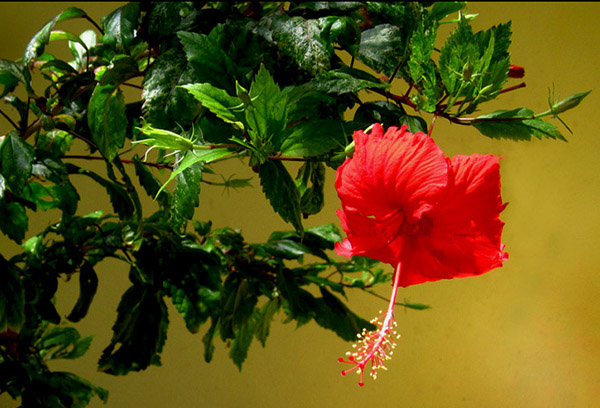
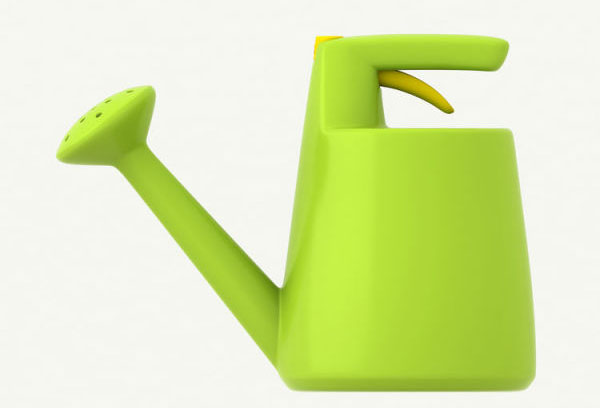
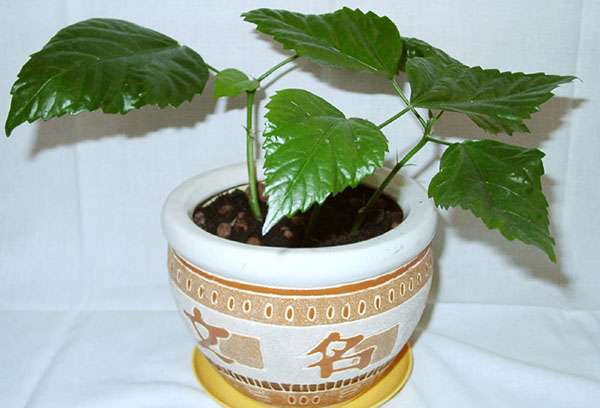
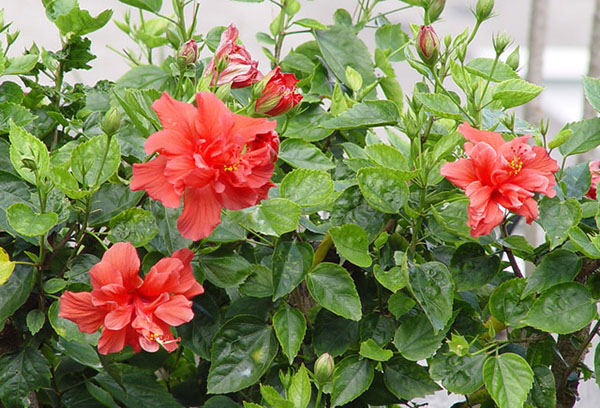
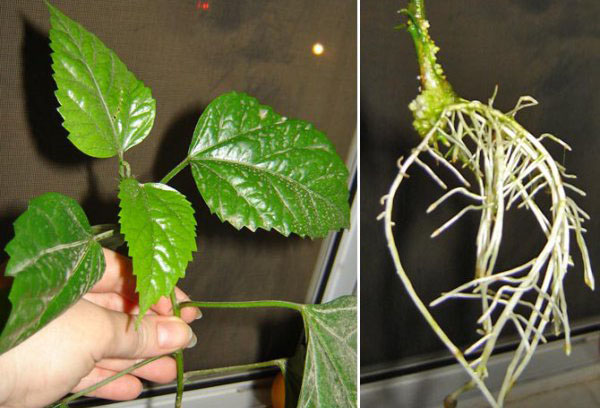
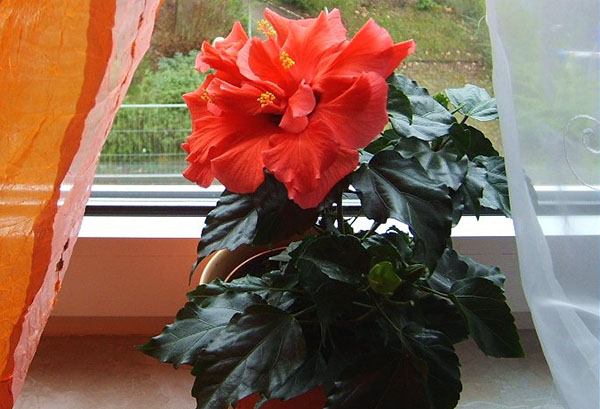
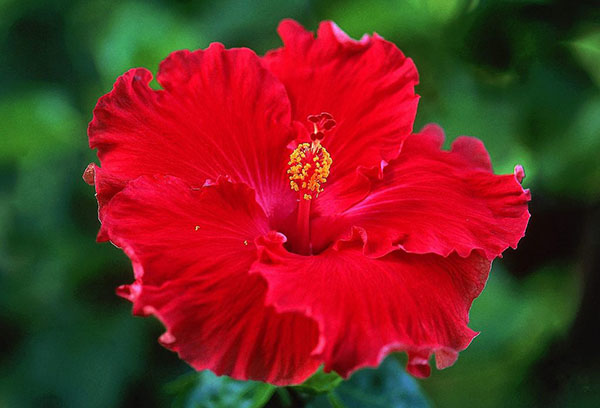

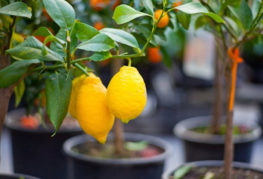
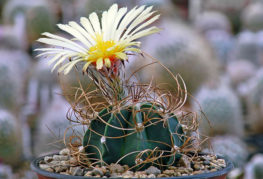



and will be published shortly.